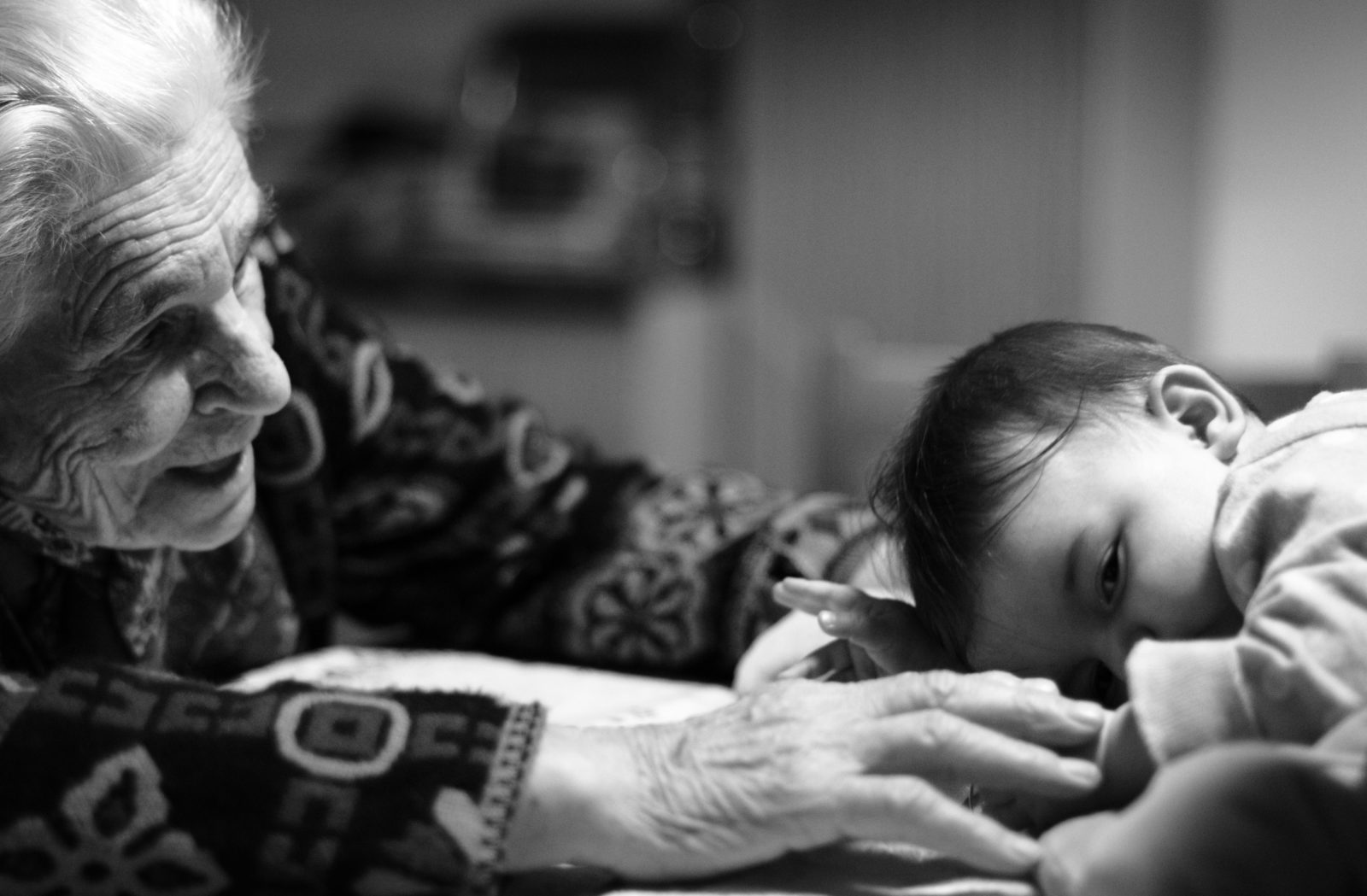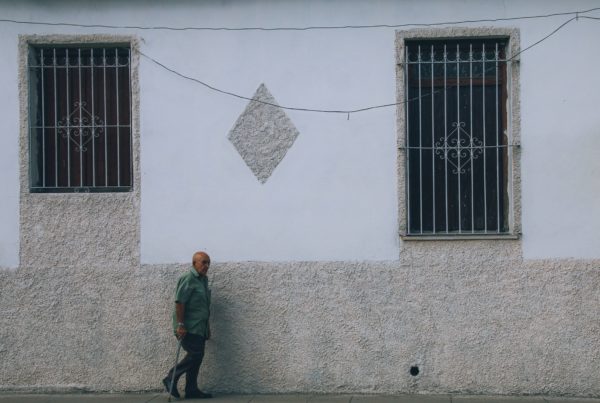I spent hours as a youngster learning the Heidelberg Catechism in the Midwestern Reformed congregation where I was baptized and nurtured in the Christian faith. No one wondered whether this Reformed confession from 1563, with its 129 questions and answers, was relevant and useful to someone born nearly 400 years later. It was simply received as a precious gift from our fathers and mothers in the faith, to be handed from generation to generation in witness to Reformed convictions about God’s sovereignty and grace, and about the shape of a life lived in gratitude and service to this gracious God. And, it was assumed that learning the faith was as much about getting the questions right as it was about memorizing the correct answers.
Years later, on the Sunday morning after I was diagnosed with breast cancer and told that I would have to undergo a mastectomy and chemotherapy, the catechism’s first question and answer were included in the liturgy as our confession of faith. As I led the congregation in worship, I asked the Heidelberg’s framing question: “What is your only comfort in life and in death?” In an instant, these words that I had memorized as a ten-year-old were filled with new meaning. I realized the question isn’t “What is your only safety in life and in death?” but “What is your only comfort?”
The catechism knows that to be human is to need comfort. Human beings are fearfully and wonderfully made, and human life is fragile. Human beings dance, sing, and celebrate. Human beings struggle with disease and death. The catechism’s first question gets it right—to be human is to need comfort.
And the catechism’s first answer offers the comfort we desperately need but surely cannot provide for ourselves. In offering this comfort, the catechism makes an inescapable claim on us: “I am not my own, but belong—body and soul, in life and in death—to my faithful Savior Jesus Christ…Not a hair can fall from my head without the will of my Father in heaven…” Pointed words for one newly diagnosed with cancer and on the way to becoming bald from chemotherapy. Pointed words for people who are taught by our culture to find comfort through the accumulation of success and things. The catechism knows we are not our own, and that this truth provides comfort insofar as we are able to surrender—in our living and in our dying—to the gracious God who created us, the suffering Savior who redeemed us, and the Spirit who daily wrestles to sanctify our selves, our substance, and our society.
I have no doubt that the Heidelberg Catechism is a useful and relevant tool for forming individuals and congregations in a shared understanding of Reformed faith and practice, but our ways of handing over this faith require some rethinking. Gone are the days when kids would memorize huge chunks of doctrine because the church knew it would be good for them! The catechism is a theological bouillon cube—a dense, compact presentation of the biblical witness from a Reformed perspective. We don’t eat bouillon cubes in their condensed state. Rather, we mix them with water and other ingredients so that their flavors can spread out. Similarly, the treasures of the catechism are best received in the church when we mix them with weekly worship, Scripture, and daily life.
There is an intrinsic connection between the substance of the Heidelberg Catechism and the church’s worship. This is evident in the story of my confessing the catechism in Sunday worship. More fundamentally, however, the catechism as a whole provides theological reflection on the key actions of Reformed worship. Educational theorists know we learn best by doing. In worship, children, young people, and adults learn “by heart” the Apostles’ Creed, the Ten Commandments, and the Lord’s Prayer through “doing” the Reformed Church in America’s liturgy. Through the practices of speaking, hearing, or praying these age-old words, of tasting and seeing the promises of God in bread, wine, and baptismal waters, we are in-formed. The Spirit uses these gifts to inwardly form us as the people of God.
In time, these inward formations cause us to wonder: “What do these words mean? What does it mean to confess that Jesus descended into hell? What is God doing through the waters of baptism? Why do we eat this bread and drink this cup? What does it mean to steal or bear false witness against a neighbor? Why do we pray?” Through its exposition of the Apostles’ Creed, Ten Commandments, and Lord’s Prayer, the Heidelberg Catechism offers theological reflection on the church’s being and core practices. Formal instruction flows from and deepens our participation in worship.
As a condensed retelling and interpretation of the biblical story, the Heidelberg Catechism is most helpfully engaged with explicit reference to Scripture. This can and does happen in worship, but in educational settings we have a sustained opportunity to enter the catechism through Scripture. By approaching the catechism through the biblical narrative we put flesh on the bones of doctrine. The Reformed understanding of God’s providence comes alive in the story of Joseph, where God turns human evil to good. The Ten Commandments become a gift and gracious guide when remembered in relation to God’s liberating, covenanting love. The mystery and meaning of Jesus’ full humanity and divinity begins in Mary’s womb and unfolds in fullness on the cross. The catechism distills the meaning of God’s story with the world and grounds a way of life for those who confess that Jesus is Lord. All of its questions and answers link our lives to the Word of God, the great and grand story of divine love in action.
Finally, the Heidelberg Catechism becomes relevant and useful when it is connected to our real lives. Every engagement with this centuries-old text must touch the ache and awe of human existence. The catechism means to mix together God’s story and God’s self with every little human story and every precious human self. In telling God’s story, the catechism constantly asks, “What does this mean for me? How does my baptism into Christ ground my identity? As one called by God and as a member of the body of Christ, how then should I live? How does the claim that ‘not a hair can fall from my head’ apart from my heavenly Father’s will comfort a woman facing chemotherapy?” Our most profound learning of the catechism happens when we open our whole selves to these questions and answers that the Spirit uses to strengthen our faith.
When linked to our worship, the biblical story, and our real lives, the Heidelberg Catechism can do its very best work. Through these connections, the catechism’s bouillon-like density is diffused to form our being, believing, belonging, and action as the people of God in-gathered through Christ and renewed by the Spirit, to find comfort and joy in life, in death, and in daily service to God and neighbor. What could be more relevant or useful?
The Heidelberg Catechism is one of the Reformed Church in America’s four doctrinal standards, also called standards of unity, which outline what the denomination believes. This article was originally published in the winter 2011 issue of RCA Today.
Renée House
Renée S. House is minister of Old Dutch Church in Kingston, New York.



